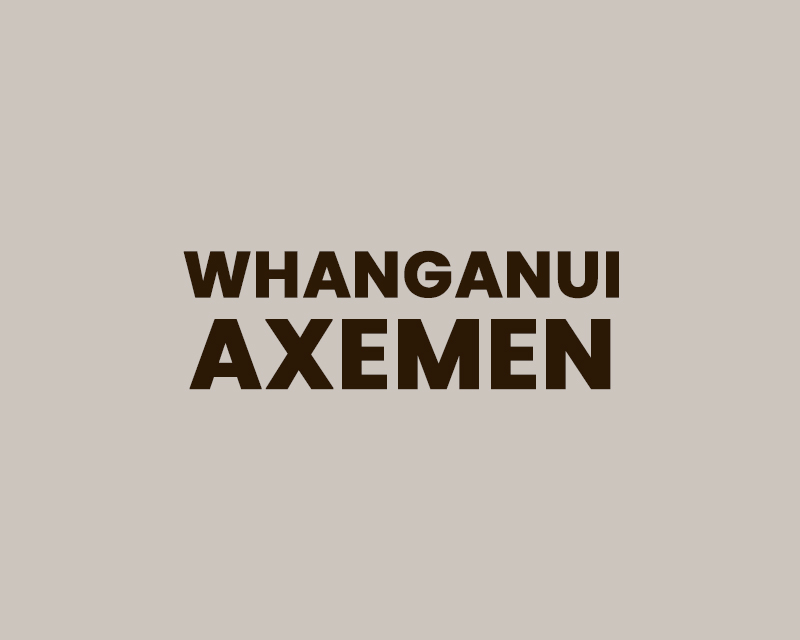
Advancements in ETS: Averaging and Permanent Carbon Accounting Models
Permanent Forestry in the ETS
From January 1, 2023, “permanent forestry” became a part of the ETS. This applies to post-1989 forests that will not be clear-felled and are required to remain as permanent forestry for at least 50 years. For these forests, the “stock change” accounting method is used. This method allows forest owners to earn units as the forest grows and its carbon storage increases. However, units must be paid back when the forest is harvested. Emissions returns, which are crucial for earning units, must be submitted at the end of every mandatory emissions return period, typically every five years, or after certain events like a change in land ownership.
Averaging Accounting
Averaging accounting, introduced on January 1, 2023, is a new method for calculating the New Zealand Units (NZUs) earned for post-1989 forest land in the ETS. Under this method, units are earned as the forest absorbs carbon until it reaches its long-term expected carbon storage capacity, which is based on the average amount of carbon stored over multiple rotations (harvest cycles). This is a shift from the previous stock change accounting method, where units were earned and paid based on the carbon stored in the forest at a given time.
Detailed Implications for Forest Owners
Strategic Decision-Making: With the introduction of averaging and permanent carbon accounting models, forest owners in New Zealand need to make strategic decisions about the type of forestry they engage in. The choice between permanent forestry and averaging accounting has significant implications for long-term forest management and financial planning. Owners need to consider their objectives, whether they are looking for long-term carbon sequestration, regular income from timber production, or a balance of both.
Financial Considerations: The type of carbon accounting method selected can influence the financial returns from the forest. The averaging accounting method might offer more predictable earnings through NZUs over the long term, as it is based on the average carbon storage over multiple rotations. In contrast, the stock change method used in permanent forestry might lead to variable earnings based on the actual carbon stored at different times.
Regulatory Compliance: The ETS amendments bring new compliance obligations. Forest owners must ensure they understand and adhere to the rules and requirements of their chosen accounting method. This includes accurate record-keeping, timely emissions reporting, and understanding the restrictions on activities like clear-felling in permanent forests.
Environmental Impact: These changes in the ETS are also aimed at promoting environmentally sustainable practices in forestry. By aligning financial incentives with carbon storage, the New Zealand government encourages forest owners to adopt practices that contribute to carbon sequestration and climate change mitigation.
Market Dynamics: The introduction of these models may also impact the carbon credit market in New Zealand. As more forest owners enter the ETS under these new models, it could affect the supply and price of NZUs. This is an important consideration for forest owners who plan to trade their units in the market.
Adaptation to Climate Policies: The ETS revisions reflect New Zealand’s broader commitment to addressing climate change. Forest owners, therefore, play a critical role in national climate strategies. By participating in the ETS, they contribute to the national efforts to reduce greenhouse gas emissions and can potentially benefit from future policy developments in this area.
Technological and Knowledge Resources: To effectively participate in these new models, forest owners may need to access technological and knowledge resources. This includes tools for accurate carbon measurement and management, understanding of the ETS online system, and staying informed about ongoing changes and opportunities within the ETS framework.













